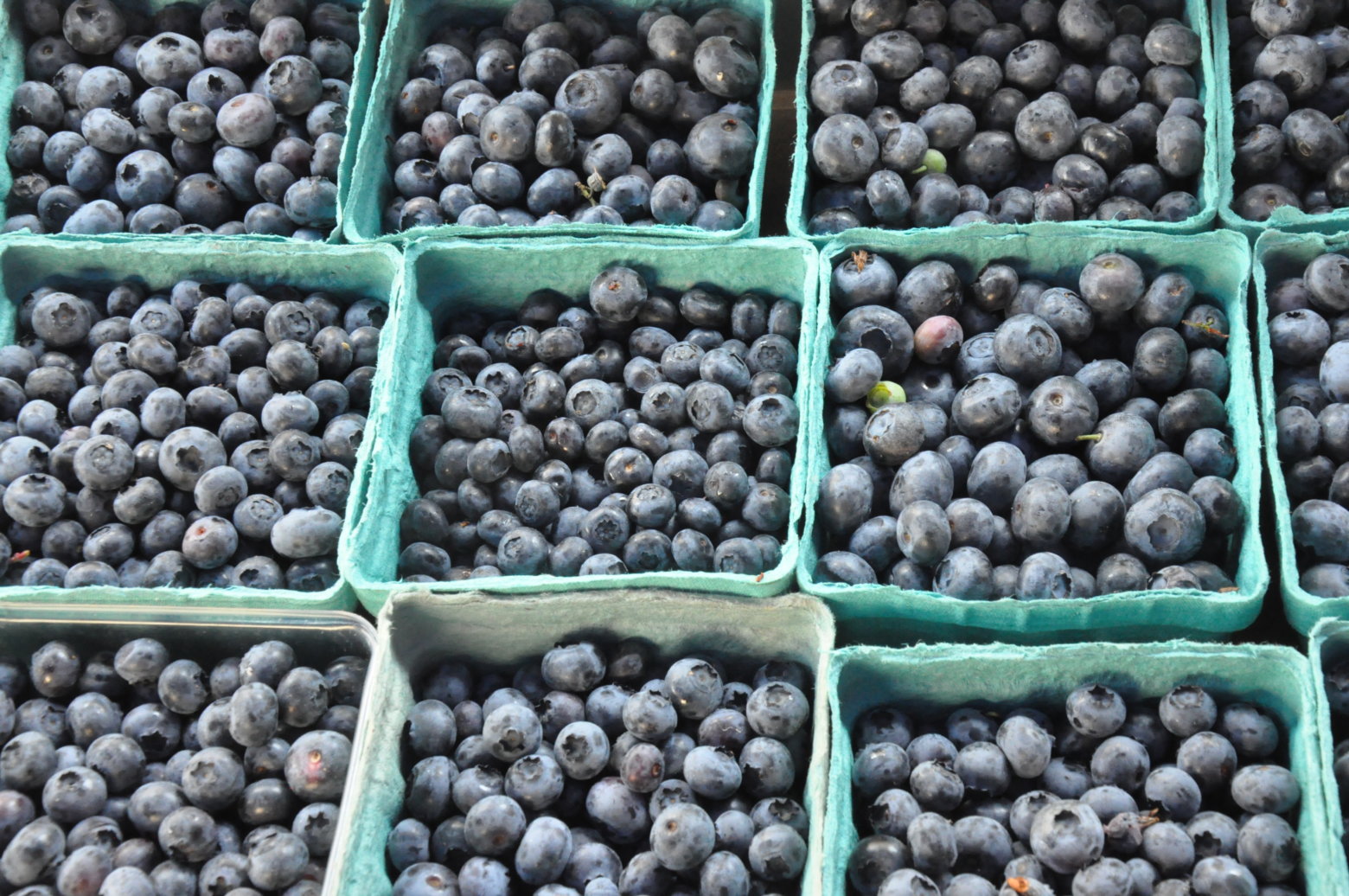
WTOP/Rachel Nania
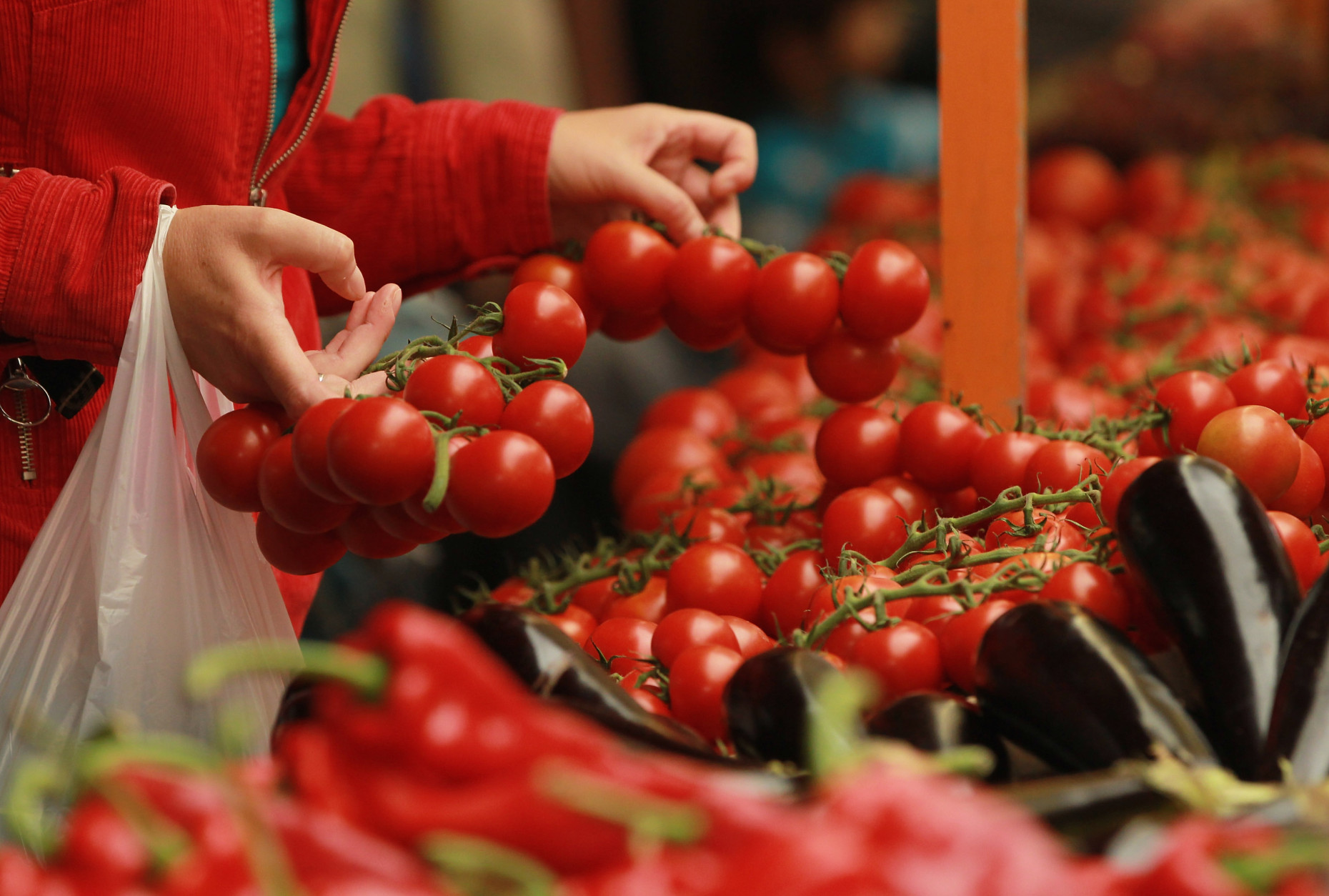
Getty Images/Sean Gallup
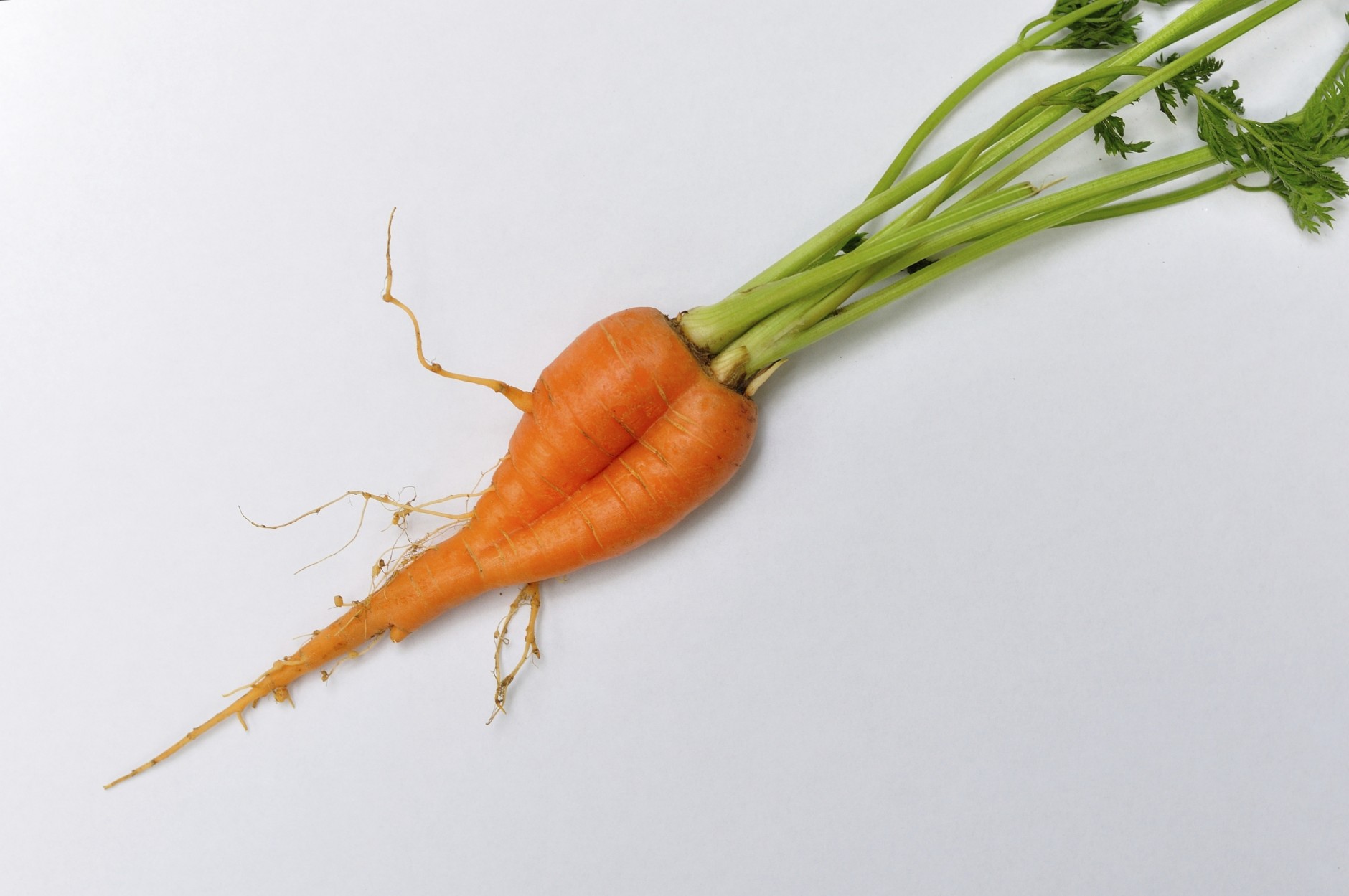
Getty Images/iStockphoto/kviktor01
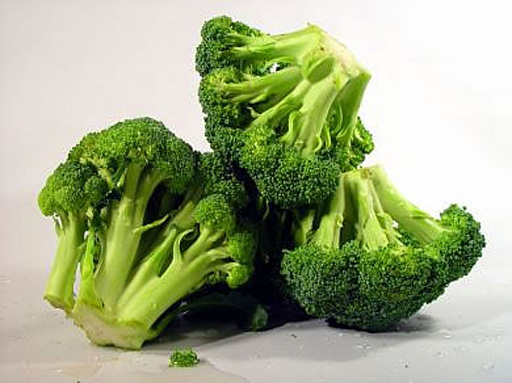
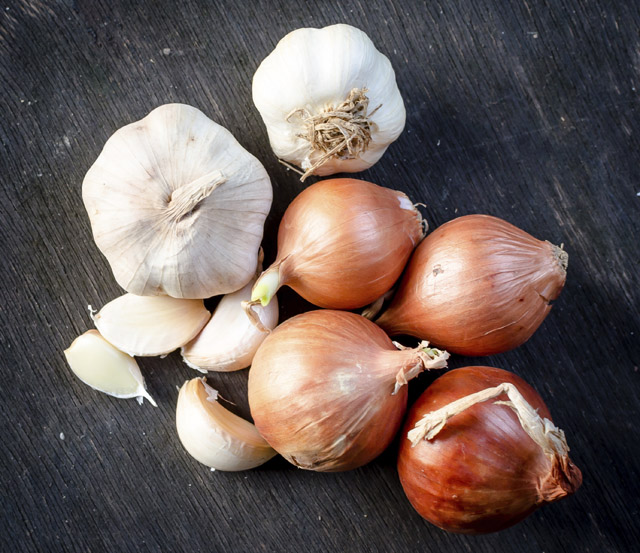
Getty Images/iStockphoto

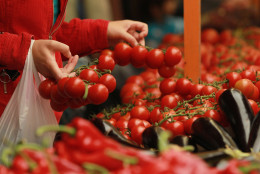
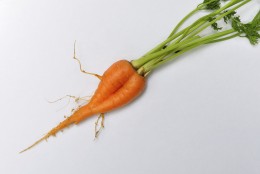
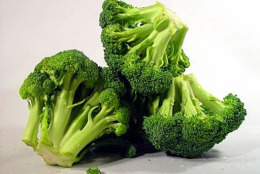
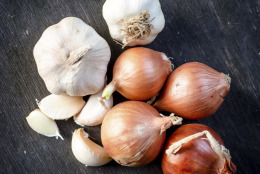
WASHINGTON — Does the food on your plate look pretty much the same, day after day? Lean Plate Club blogger Sally Squires says you should fill your plate with vibrant colors — and eat a varied menu with the colors of the rainbow. If you think about plants, the more colorful the plant and the more nutritious it probably is — from phytonutrients to vitamins and mineral, Squires says. She walks us through some of these colors.







